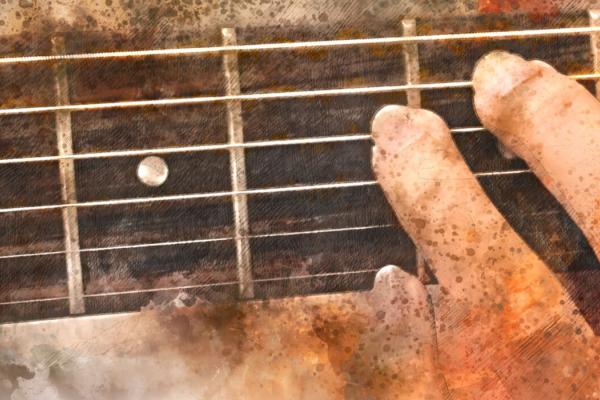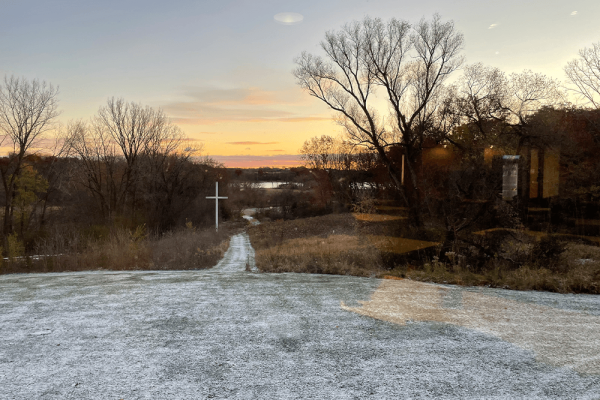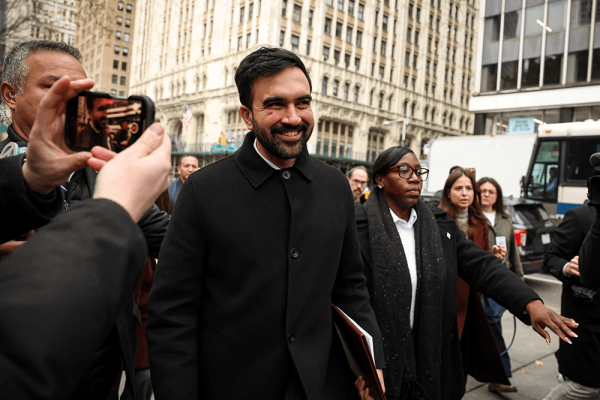I am the Catholic I am because of rock music.
Like many American kids in the early 2000s, I was raised to be an achiever — to fill my report card with A's and my free time with activities that would help me get into college. This was so that I could have an interesting life, but also so that I could begin the most important work in our society — the work of earning and spending.
Rock music, in all its varieties, was an antidote to all that.
It allowed me to be a person, not a thing or a collection of accomplishments. Like literature, it helped me to acknowledge both my darkness and my light. There was communion in knowing we weren’t the only ones who felt the thrill, the pull, the compulsion of sin.
American popular music is full of songs about a yearning for God, forgiveness, or redemption; in part because most genres of American pop (rock, rhythm and blues, hip hop, soul, and country) have roots in the Protestant church. In the sin-sick soil of a “Christian nation.” Think: “The 59 Sound” by The Gaslight Anthem, “Jesus Gave Me Water” by Sam Cooke, “By the Mark” by Gillian Welch, “Jesus Was A Cross Maker” by Judee Sill, “Family Bible” by Willie Nelson, or Jason Isbell’s entire catalogue.
And yet today’s rock and pop stand outside the church, elevating the singer-songwriter to an idealized kind of nonconformist — someone who dresses, speaks, and behaves differently. But at its best, music — as with any art form — points to something greater and gets at something true. Music reveals both our beauty and our brokenness, our holiness and our need. Religion, at its best, does the same.
Art and Christianity give our lives import and meaning irrespective of power, race, gender, or class. Jesus did this when he overturned the Greek and Roman way of viewing the world, in which one’s social status was everything, and introduced the notion of the equal worth and dignity of all human beings. “Here there is no Gentile or Jew, circumcised or uncircumcised, barbarian, Scythian, slave, or free, but Christ is all, and is in all (Col. 3:11),” wrote Paul. All people made in the image and likeness of God, “lovely in limbs."
In a passage worth quoting at length, Willa Cather’s character “the professor” says:
As long as every man and woman who crowded into the cathedrals on Easter Sunday was a principal in a gorgeous drama with God, glittering angels on one side and the shadows of evil coming and going on the other, life was a rich thing. The king and the beggar had the same chance at miracles and great temptations and revelations. And that's what makes men happy, believing in the mystery and importance of their own little individual lives. It makes us happy to surround our creature needs and bodily instincts with as much pomp and circumstance as possible …
The Christian theologians went over the books of the Law, like great artists, getting splendid effects by excision. They reset the stage with more space and mystery, throwing all the light upon a few sins of great dramatic value — only seven you remember and of those only three that are perpetually enthralling.
With the theologians came the cathedral builders, the sculptors, glass workers, and painters. They might, without sacrilege, have changed the prayer a little and said, “Thy will be done in art, as it is in heaven.” How can it be done anywhere else as it is in heaven?
Rock music made my ordinary life into a story; one that could get a stadium full of people singing along. Music was a tool that helped me dwell on the old riddles and, in an indirect way, on a God of wounds. My mother’s hymn-singing helped me clarify my role in the cosmic drama of life. And rock, as art, helped me perceive things I couldn’t otherwise.
In art, as it is in heaven.
This is a short excerpt from a talk at The Trying to Say God conference in 2017 on rock and theology.
Got something to say about what you're reading? We value your feedback!







